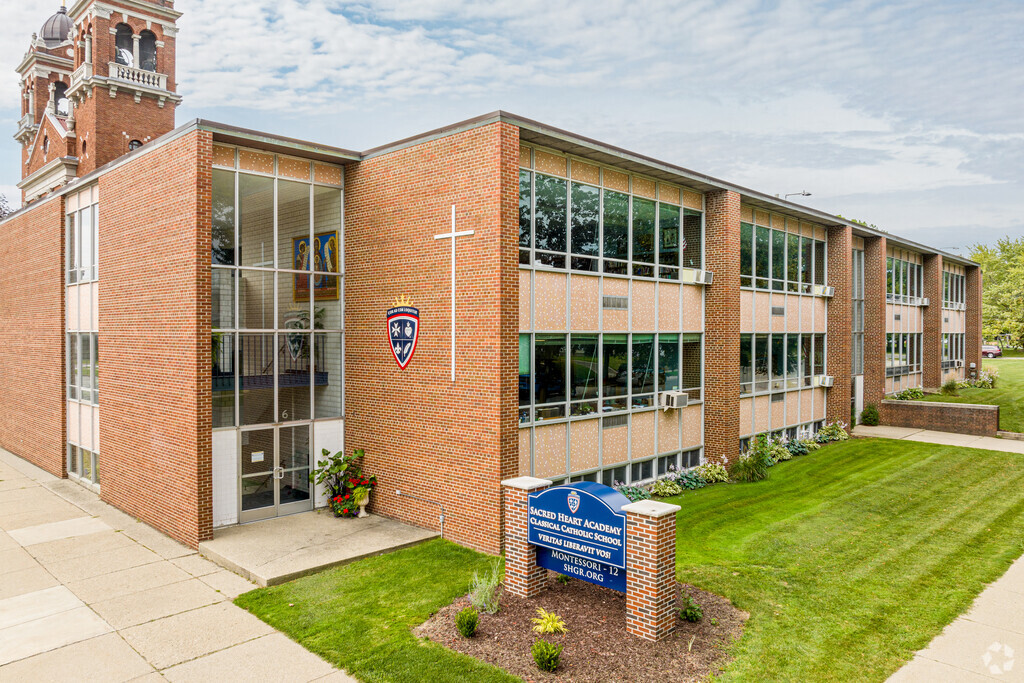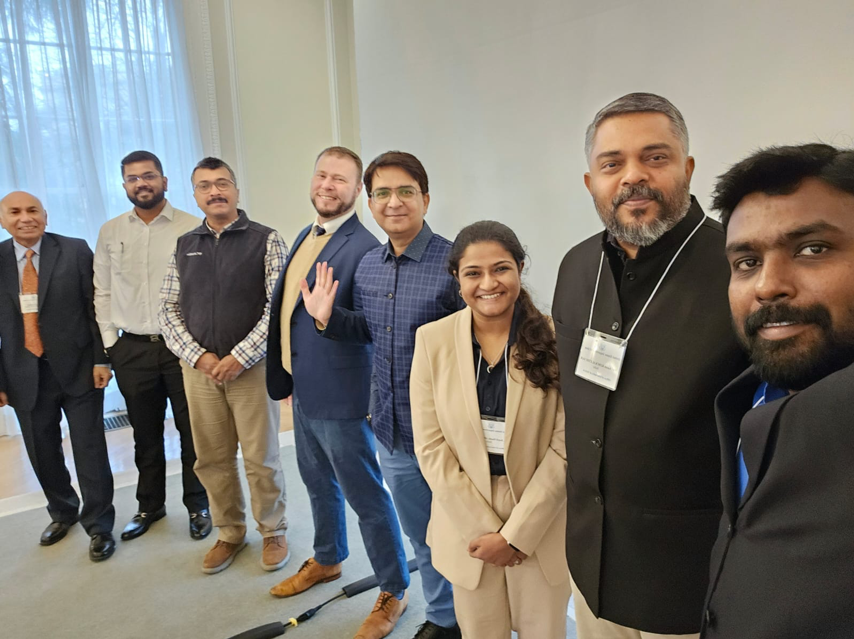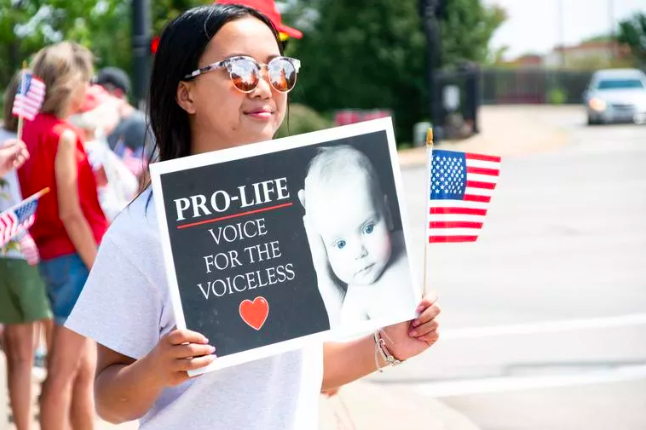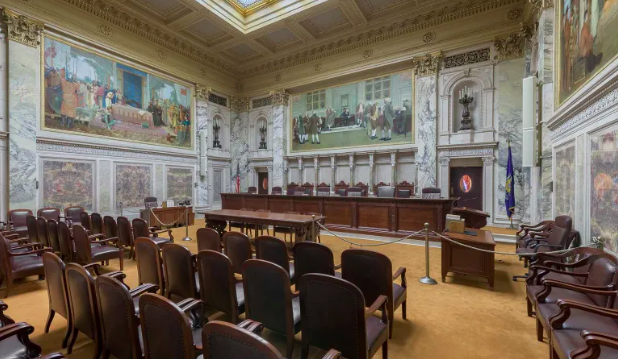This past month, the Religious Freedom Project’s Timothy Shah, Rebecca Shah, and Robert Woodberry directed a two-week intensive seminar with the Nagel Institute on the drivers and consequences of economic and social change in India. This week on Cornerstone, we’re asking seminar participants to reflect on their understanding of religion and development in India.
By: Paul Rowe
The fifth-century City of God, written by Augustine, is a classic theological exploration of the interaction of church and state. It is often overlooked that Augustine wrote the book as a defense of Christian civil institutions in a pluralist environment. The occasion of its writing was the sack of Rome by the Visigoths in 410. Roman pagans accused Christians of bringing on the fall of Rome by undermining its martial virtues and angering the gods. In modern terms, the Christians were divisive and unpatriotic. Their practices had disturbed public order. Their proselytizing and way of life had brought on Rome’s fall.
In response, Augustine sought to provide a fulsome explanation of the work of the church in the world as a means of demonstrating its commitment to Rome’s success. From the start, in the first book, Augustine argued that even amid the destruction of Rome, Christian sanctuaries provided succor and support for the citizens of the city. Christians and non-Christians alike benefited from the services provided by the church. The rain for which the Christian prayed fell on the non-Christian’s field as well, as it were. Christian religious practice was a boon not only for the Christian but for society as a whole.
Augustine’s case is no less compelling today than it was back in the fifth century.
A recent study tour of India brought home the relevance and timeliness of Augustine’s argument. India is a huge country of 1.3 billion, including huge populations of Hindus, Muslims, Buddhists, and others. Among them live some 30 to 35 million Christians—a large population, but a tiny minority of 2 to 3 percent among the hundreds of millions of people in that great country. Though a minority, Christians are further divided among numerous denominations: Catholics, Pentecostals, Wesleyans, Baptists, and so on.
Nonetheless, Christians are a very visible and active minority. A drive through any of the major cities of India will reveal numerous Christian institutions, including churches, non-governmental organizations, educational institutions, and social service agencies. In Bangalore alone, our group visited churches of numerous denominations and styles, diverse communities benefiting by micro-credit systems established by Christians, and a home for the destitute of the city’s streets, as well as advanced elementary, secondary, and postsecondary educational institutions started and maintained by Christian organizations. Elsewhere, members of the church are involved in advocating for the rights of other minority religious groups, liberating indentured laborers and street workers from a life of slavery, and housing and caring for poor children. Countless other social services are provided by these organizations, almost all of which cater equally to the non-Christian population of India.
Such a major public face for a tiny religious minority in an officially secular state demonstrates the value of religious diversity to the vibrancy of civil society. The church’s divine calling, its resources that come from domestic and global sources, its theology of suffering on behalf of the other—even its desire to evangelize—all contribute to the health of Indian society.
Nevertheless, India’s Christians today relay their concerns about growing efforts to intimidate, control, and restrain their freedoms. These efforts include simple regulatory measures aimed at monitoring foreign contributions to domestic civil organizations, which may on the surface appear mere bureaucratic niceties. But more sinister are efforts to “discipline” religious minorities—through violent intimidation, criminal attacks, arson of churches, and the increasing propensity of state administrations to pass anti-conversion legislation targeting Christians and Muslims, mislabeled as “religious freedom” acts.
These efforts follow on two decades of nationalist activities that have increased the impunity of vigilante attacks throughout India, most egregiously in the poorer states of Bihar, Jharkhand, and Odisha. Over decades the devotees of Hindu nationalism have questioned the patriotic credentials of Muslims and Christians, who undermine the martial virtues of Hinduism as represented by great heroes of the epics, like Ram. They have questioned the motives and actions of Christians, said to be so concerned about increasing their own numbers that they offer inducements for conversion. Meanwhile, the occasional Hindu practice of inviting non-Hindus to “come home” to Hinduism (ghar wapsi) is feted by the same movement. That such homecomings involve in many cases the restoration of access to caste-based reservations and other financial incentives is also ignored.
The strength of Christian social institutions arouses the jealousy of both the state and rival religious agencies. This phenomenon is not limited to India; it is common worldwide. It is easy for state and religious authorities to respond with regulatory barriers and efforts to control these institutions. A better policy would be to see them as partners in the creation of a stronger Indian civil society, to embrace India’s diversity and so to strengthen the efforts of all civil actors, whether Hindu, Buddhist, Christian, Muslim, or irreligious entirely. A healthy religious civil society contributes exponentially to the preservation and health of a country.
Augustine’s City of God demonstrated the way in which Christians worked within the Roman “city of man” to bring about its common good. The Indian “city of God” demonstrates his point even more clearly. Whereas Augustine commended the churches of Rome for merely defending its citizens amid attack, Indian churches today go far beyond: empowering and educating the poor, speaking up for the oppressed, and ministering to the sick and bereaved.
Some time ago I was introduced to the work of a Christian organization that provides alternative means of employment for the women of Kolkata’s largest red light district. By providing economic opportunities for the least powerful of Indian society, this organization is battling both social ills and economic challenges in the great “City of Joy.” If women impacted by the work of the organization are then attracted to the Christianity that liberated them from poverty, is it such a strange thing? Hindu groups are more than welcome to join the effort as a means of pleasing their own gods. On the other hand, if the gods are angry, might it be due to the limited vision of their own devotees?
Paul S. Rowe is a professor of political and international studies at Trinity Western University and a senior research fellow with the Religion, Culture, and Conflict Research Group.
This piece was originally authored on July 28, 2015 for the Religious Freedom Project at Georgetown’s Berkley Center for Religion, Peace, and World Affairs.
THE RFI BLOG

Be More Faithful, Become More Resilient: An Invitation to Religious Institutions

How Soccer Reveals Different Meanings Of ‘Secular’ In France And The US

RFI’s Ismail Royer Meets with Delegation from India

Protecting the Unborn, Mothers, and Medical Ethics: The Stakes of Arkansas’ Amendment

Wisconsin Supreme Court Punishes Catholic Charities for Serving Everyone
CORNERSTONE FORUM

Public Bioethics & the Failure of Expressive Individualism

Religious Liberty in American Higher Education

Scotland’s Kate Forbes and the March of Secularism

70 Years of Religious Freedom in Sweden: Prospects and Challenges


